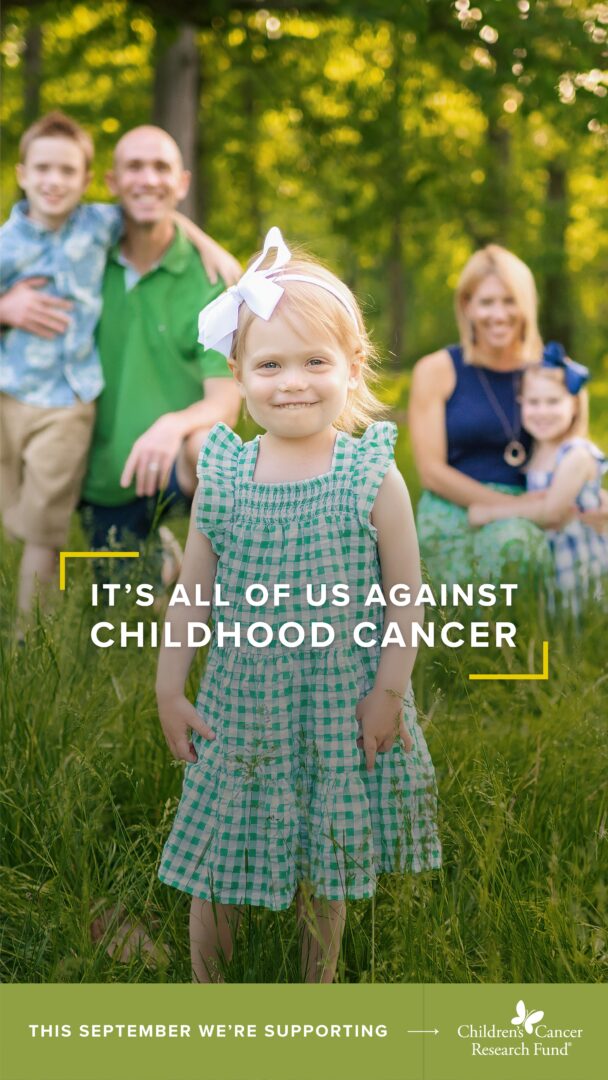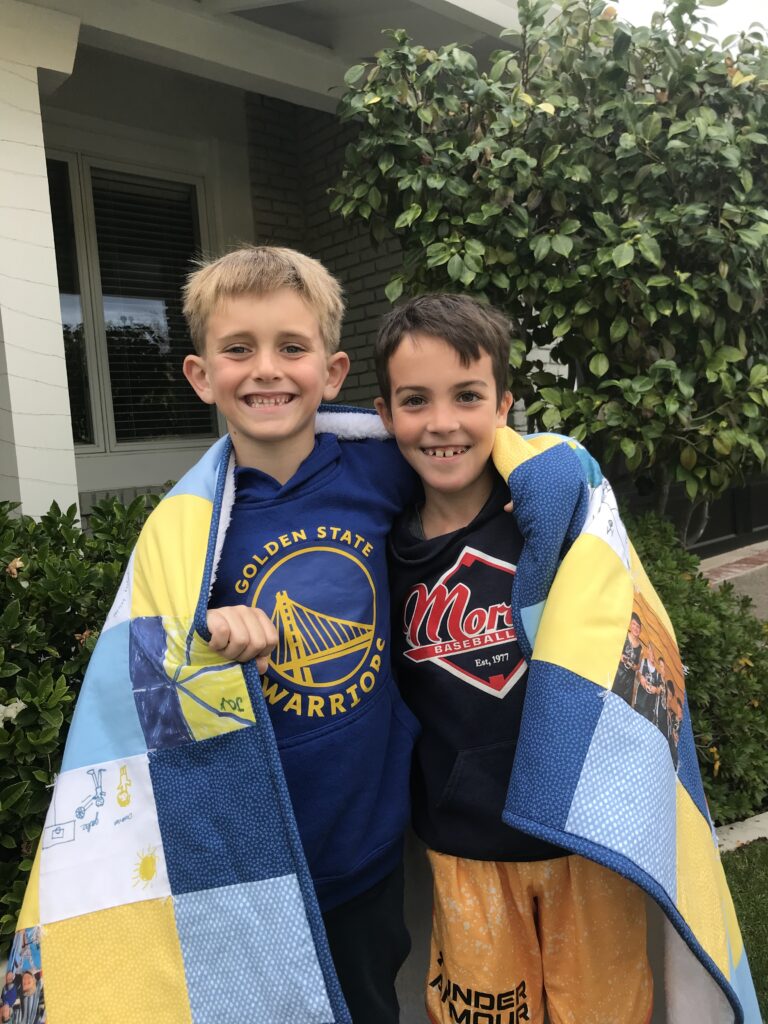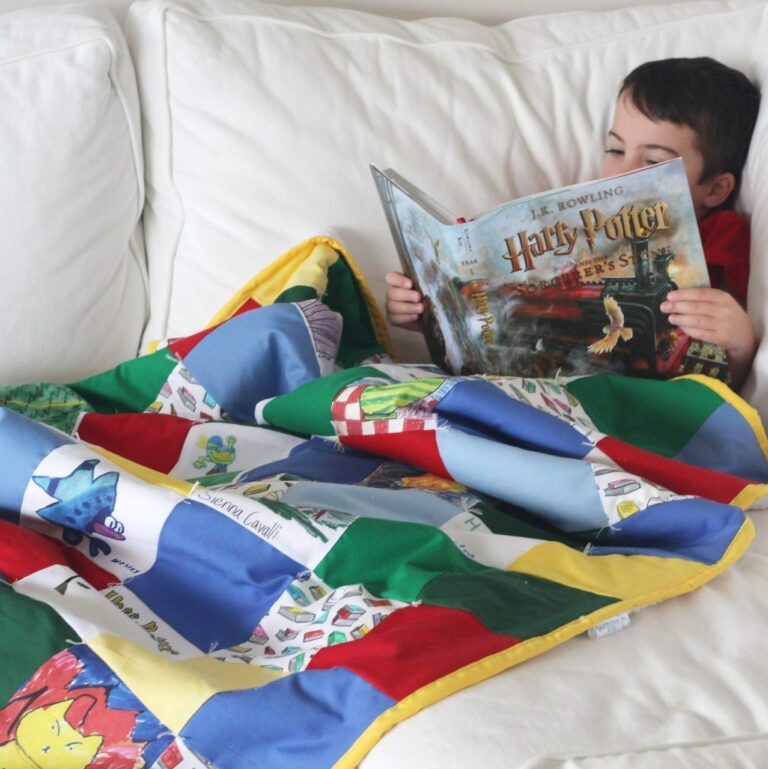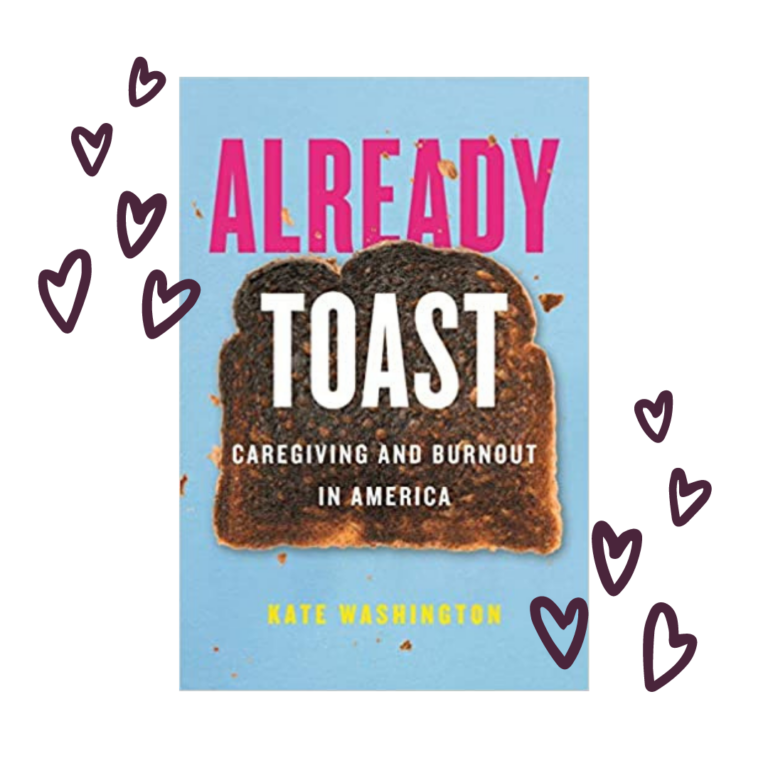Liz Coyle was inspired to launch Quiltlove after making a quilt for her children’s preschool classmate, following a devastating leukemia diagnosis. This September, in honor of Childhood Cancer Awareness Month, Quiltlove is donating 10% of proceeds from children’s cancer support quilts to the Children’s Cancer Research Fund.
What is Pediatric Cancer?
Pediatric cancer refers to cancer occurring in children aged zero to fourteen. Pediatric cancer, or childhood cancer, is a broad term that includes more than 12 types of cancer and over 100 subtypes that can be found in different parts of the body. The most common type of pediatric cancer in the United States is leukemia (a form of blood cancer). Other types of pediatric cancer include brain and central nervous system (CNS) tumors and lymphomas. Pediatric cancer is uniquely difficult to research due to its various types and subtypes.
Cancer is isolating. Wrap them in your love with a custom quilt, featuring drawings and messages from their biggest fans.
How Common is Pediatric Cancer?
According to the American Cancer Society, about 10,500 children in the United States under the age of 15 will be diagnosed with cancer in 2022. Pediatric cancer rates in the United States have risen slightly over the past few decades.
Is Pediatric Cancer Fatal?
Although there have been major advances in pediatric cancer treatment in recent years, cancer remains the most common cause of death by disease among children in the United States. The Children’s Cancer Research Fund states that eighty percent of American children diagnosed with cancer will survive. Survivors of pediatric cancer may experience long term trauma and cognitive impairment however, as well as organ damage as a result of chemotherapy treatment and other repercussions.
Fortunately, thanks to recent scientific breakthroughs, doctors are now able to treat leukemia with fewer side effects and fewer chance of relapse, and take aim at previously “undruggable” proteins in leukemia cells. In addition, advances in gene-editing technology have allowed doctors to target problem genes that allow osteosarcoma to flourish. What’s more, testing is underway for a drug that could act as a vaccine against glioblastoma, a hard-to-treat brain tumor, and a new blood test is able to detect certain types of bone cancers, giving doctors and families better information when determining treatment options.
How Can I Help?
Did you know that more than half of all pediatric cancer research funding comes nonprofit fundraising? Donations to research institutions focused on pediatric cancer can help propel future scientific breakthroughs.
Do you know a child or a family of a child going through leukemia or a different pediatric cancer? Wrap them in your love and support with a custom quilt. Order before 9/30/22 and ten percent of proceeds will be donated to the Children’s Cancer Research Fund!
We offer other ways to help pediatric cancer families in this blog post.

We know pediatric cancer is an isolating experience, both for the child and the family. It requires long hospital stays, time at home recovering from chemotherapy and other treatments, and a whole bunch of other stuff that children didn’t ask for and don’t deserve. In the words of CCRF, these kids deserve to know there is a whole community behind them, fighting for more research, better treatments and safer cures.
This September, help us show these kids that it’s all of us against childhood cancer.
Warmly,






